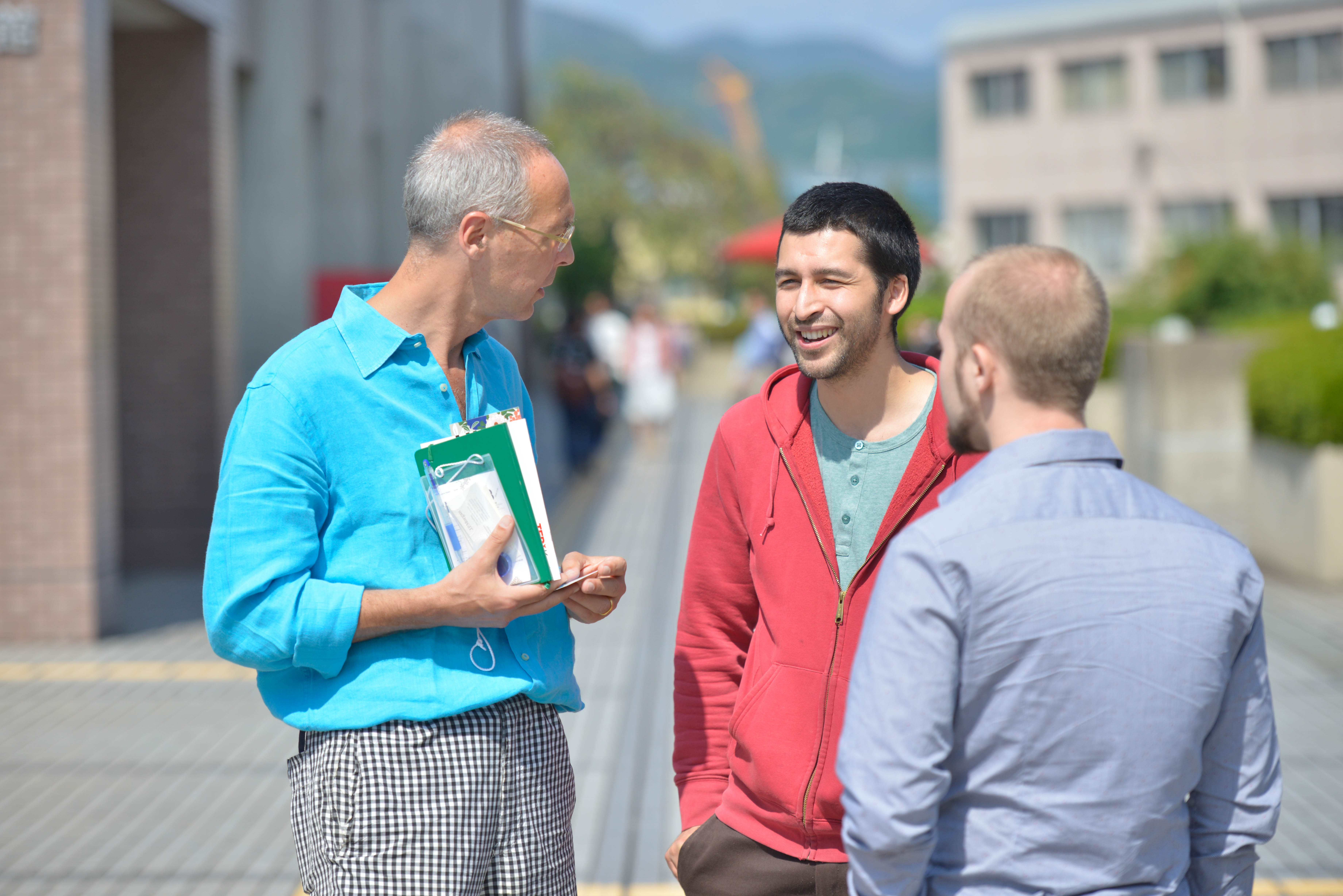The profile of Accompanied Researchers in 2017

Data from Eurostat and the Ministry of the Interior on the issue of residence permits in the EU and France are detailed in the Annex of our annual report 2017 (pp. 20 to 30). In 2016, after a constant progression during 5 years, France almost returned to its position of 2014, with 3316 residence permits issued (-11.9% compared to 2015), perhaps a price paid for a terrorist threat still very high in France. However, some countries continue to make progress, such as the Netherlands, Denmark, the Czech Republic and Poland. It should be noted that some other European countries use other procedures to receive researchers from third countries, notably the United Kingdom and Germany, which prevents an informed analysis of scientific mobility towards Europe.
With 12514 researchers of 145 nationalities accompanied in 2016, the national data of access FnAK and Euraxess progress by 18.7% compared to 2016 (10176). The adoption of the ALFRED® system by the universities of Bordeaux and Angers is certainly not unrelated. This trend could well be confirmed next year, with the next developments announced: hosting convention platforms, one-stop shop at the start of the academic year.
With regard to the scientific audiences supported by the Euraxess Centres, the proportion of doctoral students is still slightly increasing, reaching 55.6% (55.1% in 2016). The other 3 audiences are: researchers’ spouses (+5.8%), university staff (+2.9%) and, in Ile-de-France only, students (-4.6%).
As regards the breakdown by continent, the trend observed over the past eight years is confirmed for each continent except Asia, which is returning to its 2014 rank (29.0%; -2.6% compared to 2017). The increase in the mobility of African researchers is very significant (34.5%; +10.1%), as is the decline in those from Europe (19.6%; -6.1%). Analysis by continental sectors confirms the clear increase in North, West and Central Africa (respectively +3.8% and +3.0% for the last two), while the decline in mobility from EU countries is very marked (-6.9%). The decline in Chinese scientific mobility (-3.9%) is sufficient to explain the decline in mobility in Asia. China nevertheless remains in the lead of the countries for researchers already holding the rank of doctor, but loses its place for doctoral students and finds itself in 8th place.
As for the share of women in scientific mobility, it is better than stabilising and is returning to its 2014 level, with at least 1.0% better than last year for both post-doctoral (34.0%) and doctoral (42.3%) women. In the same period, the classification by scientific and technological fields confirms the growing share taken by the natural sciences (+0.8%), medical and health (+0.7%) and social sciences (+0.7%), again to the detriment of engineering sciences (-2.0%).
In 2017, the family situation of researchers on the move shows a clear increase in those in couples with children (+8.3%), offset by the decline in researchers who came alone to France (-8.5%).
While the proportions by age group and length of stay do not show any particular change, the language of communication reveals an advantage that is increasing for the English language (+3.9%), although relativised by that of the unreported data (-1.8%).
Three new series of data finally shed new light on researchers moving to France:
– More than half of them arrive within 4 months, between the last weeks of August and November (51.8%);
– Almost half of them are hosted by a university (47.1%): nearly 90% if research organisations and engineering schools are included;
– More than half are salaried (56.0%) ; more than a quarter of them by foreign employers.
Finally, it should be recalled with regard to these data (regional distribution in particular) that our figures correspond to the voluntary registration of researchers on mobility in the ALFRED® database. Consequently, our data reflect more the increase in the use of ALFRED® at university level than the scientific attractiveness of the French territories.
